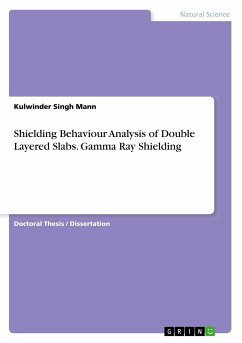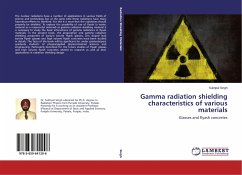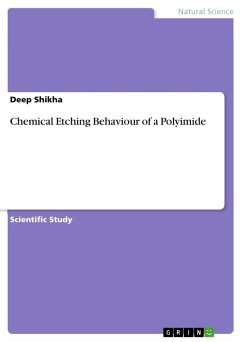Doctoral Thesis / Dissertation from the year 2016 in the subject Physics - Nuclear Physics, Molecular Physics, Solid State Physics, grade: 9.99, , language: English, abstract: The highest energy in the electromagnetic spectrum is occupied by the gamma-rays, (Gamma-rays). For the betterment of mankind, Gamma-rays have immense applications as non-destructive evaluation tool in various fields, such as radiological diagnostics, security screening and research. However, an exposure of Gamma-rays to living tissues has adverse health effects, especially when the exposure time is long and intensity is high. In this regard, the biggest concern for the scientific community in radiation protection is the safety of the nuclear reactors, which are always at the risk of accidental-leakage of Gamma-rays. Under such circumstances, there is always a need to minimize the exposure of Gamma-rays originated from critical sites such as nuclear establishments and nuclear-waste disposal sites. This can be achieved by using effective Gamma-ray shielding enclosures at these sites. The term shield refers to the radiation attenuating material placed around radioactive source to stop or minimize the leakage of ionizing-radiations to its immediate surroundings. For Gamma-ray shielding purpose, any material with sufficient thickness can be used to attenuate the intensity of the rays. However, the choice of an appropriate material is necessary for effective shielding. Mostly, high-Z (atomic-number) and high-density materials such as lead and its alloys have been recommended to use for shielding purpose. Besides, the high-cost, toxicity and non-availability in huge quantities has put some constraints on the excessive use of high-Z materials as Gamma-ray protective shields. If space is not a constraint, then in addition to high-Z materials, commonly available low-Z building-materials can be used for the cost effective shielding purpose. The low-Z building-materials are non-toxic, low cost, inexpensive and easily available in abundance.








